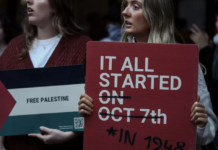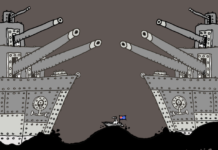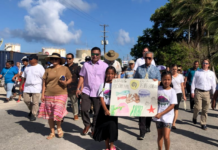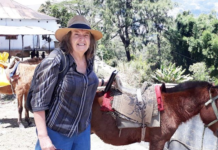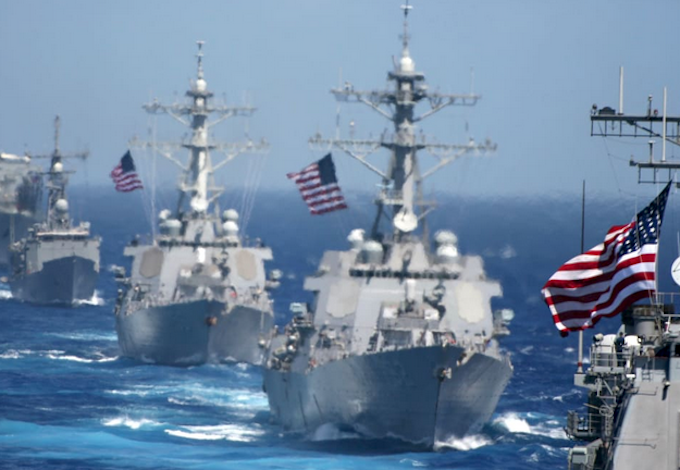
By Don Wiseman, NZ Pacific journalist
Guam has long faced tensions due to the heavy United States military presence on the island.
But as Washington moves to counter China’s presence in the region it is sending more soldiers and missiles to the US territory and updating naval facilities.
There are an estimated 22,000 American troops on Guam currently and that figure is expected to increase up to 27,000.
Director of the Pacific Islands Development Programme at the Hawai’i-based East West Center, Dr Mary Therese Hattori, told RNZ Pacific the military build-up makes Guam a target and puts the safety of its indigenous Chamorro people at risk.
Dr Hattori, who is a Chamorro herself, said the reaction from the locals to the US military presence varies.
“We are seeing all of this tension in the region and it may mean that more of a military build-up and greater defence capabilities on Guam will actually make us a target,” she said.
“The current administration will highlight positives; the employment opportunities for locals, the investment for local infrastructure.”
Chamorro people feeling ‘unsafe’
But she said the people were feeling less safe.
“So, while the country may feel that it is better defended, the safety of the Chamorro people is not part of the equation.”
“We are seeing all of this [military] tensions in the region and it may mean that more of a military build-up and greater defence capabilities on Guam will actually make us a target.
“We feel less safe because Guam is now part of the target . . . you know, the tip of the spear is going to break first in a battle,” she added.
Guam, which has a population of just under 170,000, is still one of the few places where the indigenous people are denied a right to self-determination so that is still an issue.
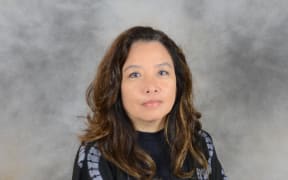
US presenting as ‘Pacific nation’
Dr Hattori said the US is putting itself forward as a Pacific nation and claiming to have commitment and a deep desire for meaningful engagement with the region in response to China’s engagement in the Pacific.
“But as a Chamorro woman, who lives in the state of Hawai’i, I would argue that US really needs to take a look at its track record and its relationships and meaningful engagement with Pacific Islands with which it has historic relations [such as] American Samoa, Guam, the COFA [Compact of Free Association] nations, and native Hawai’ians.”
“So, look at the track record; look at Red Hill [Hawai’i], the contamination of the water, lack of self-determination on Guam, military build-up, environmental degradation.”
“If this is how US treats Pacific nations with whom it has historic ties, how can other Pacific islanders really believe that the US wants to be a true partner and a Pacific nation,” she added.
This article is republished under a community partnership agreement with RNZ.



